From Carpenter to Jencks
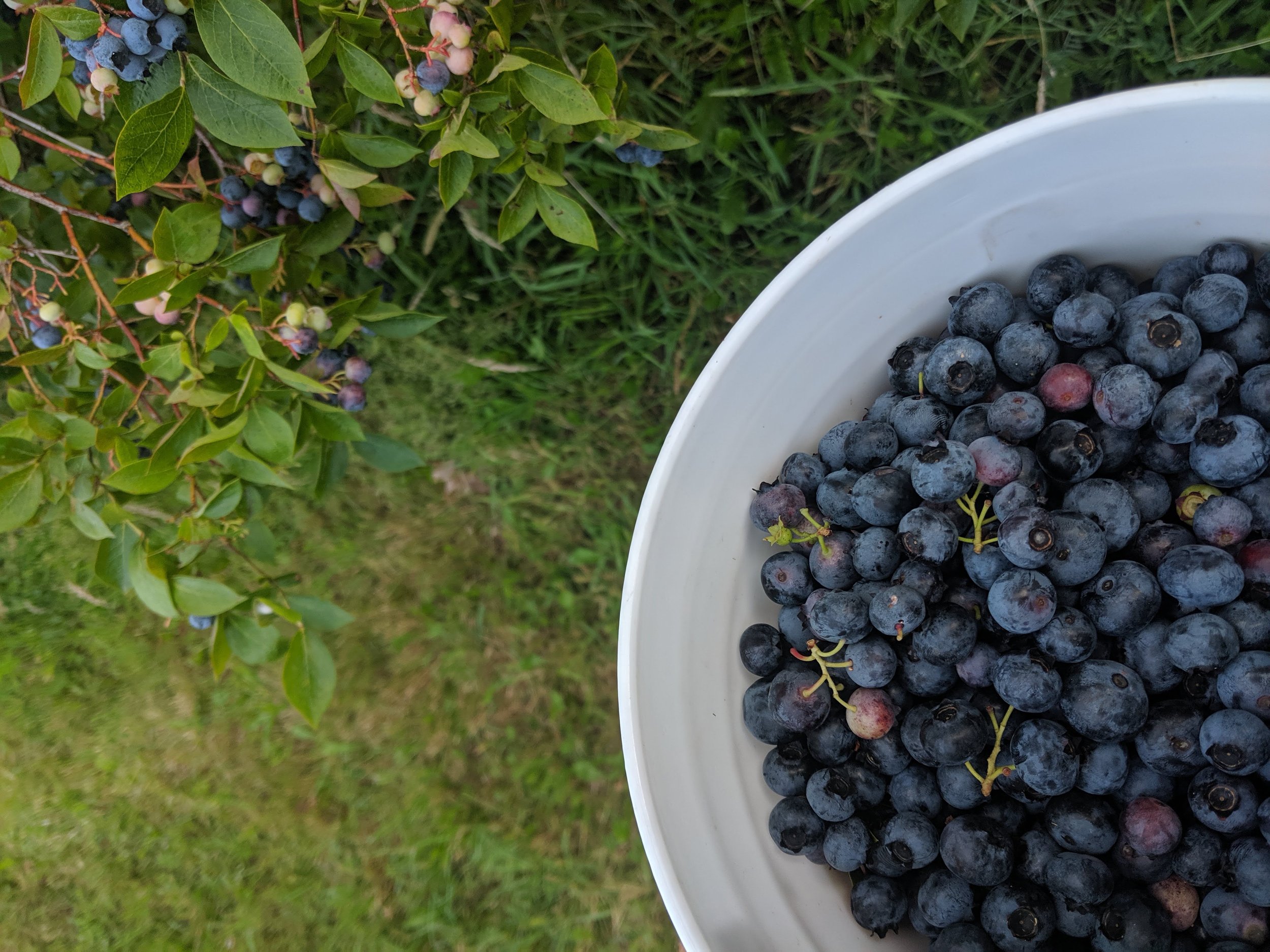

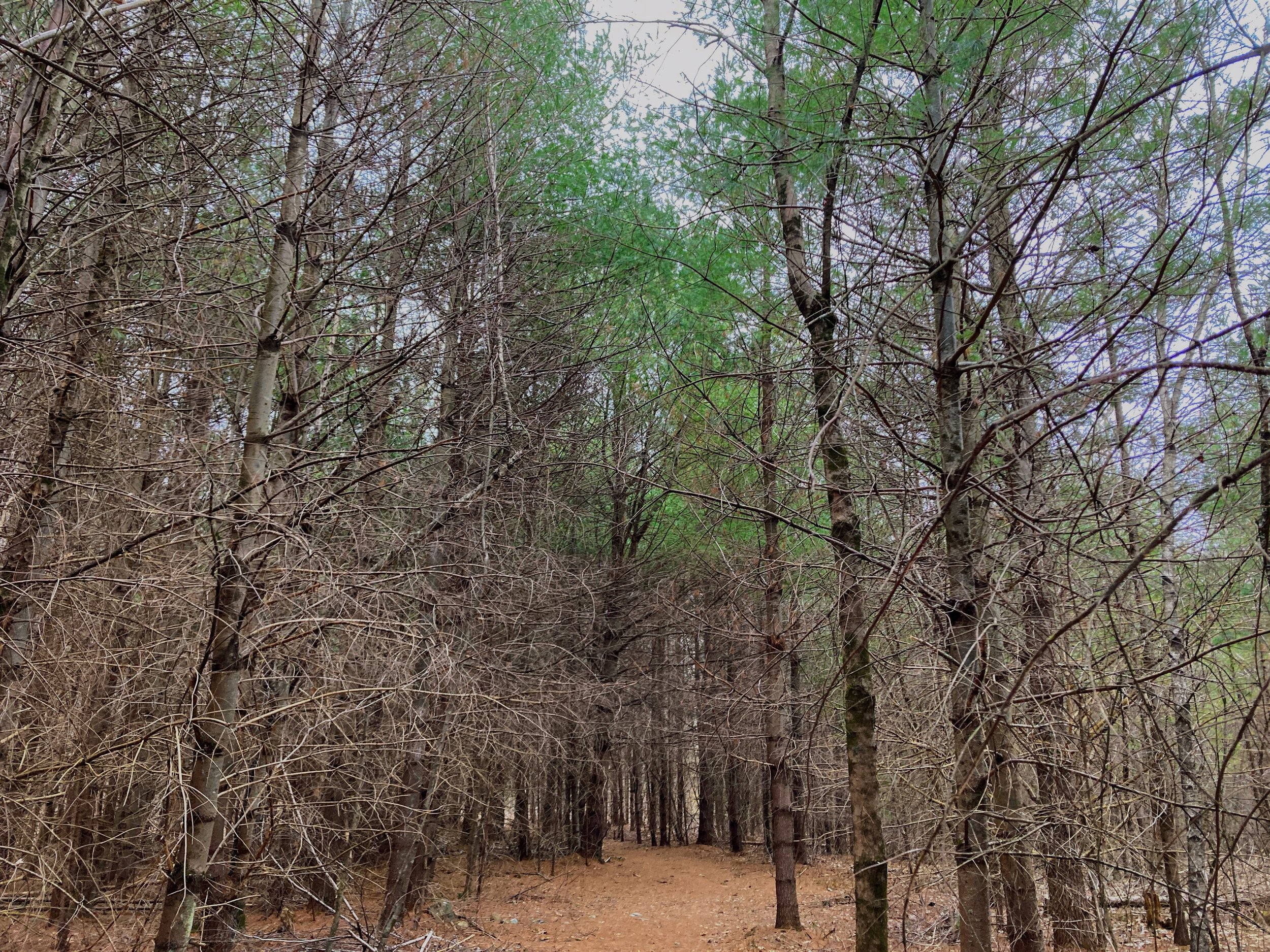
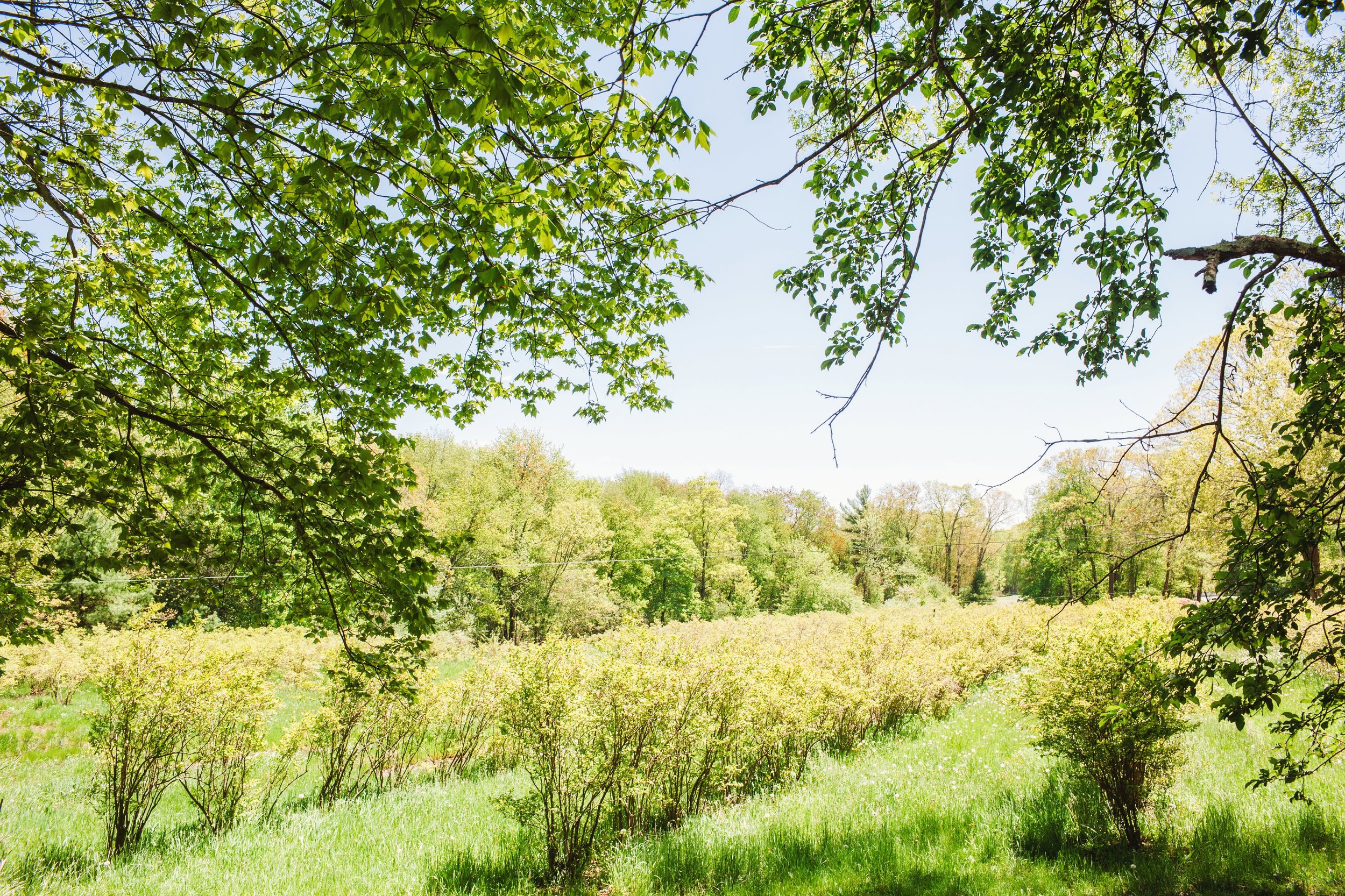
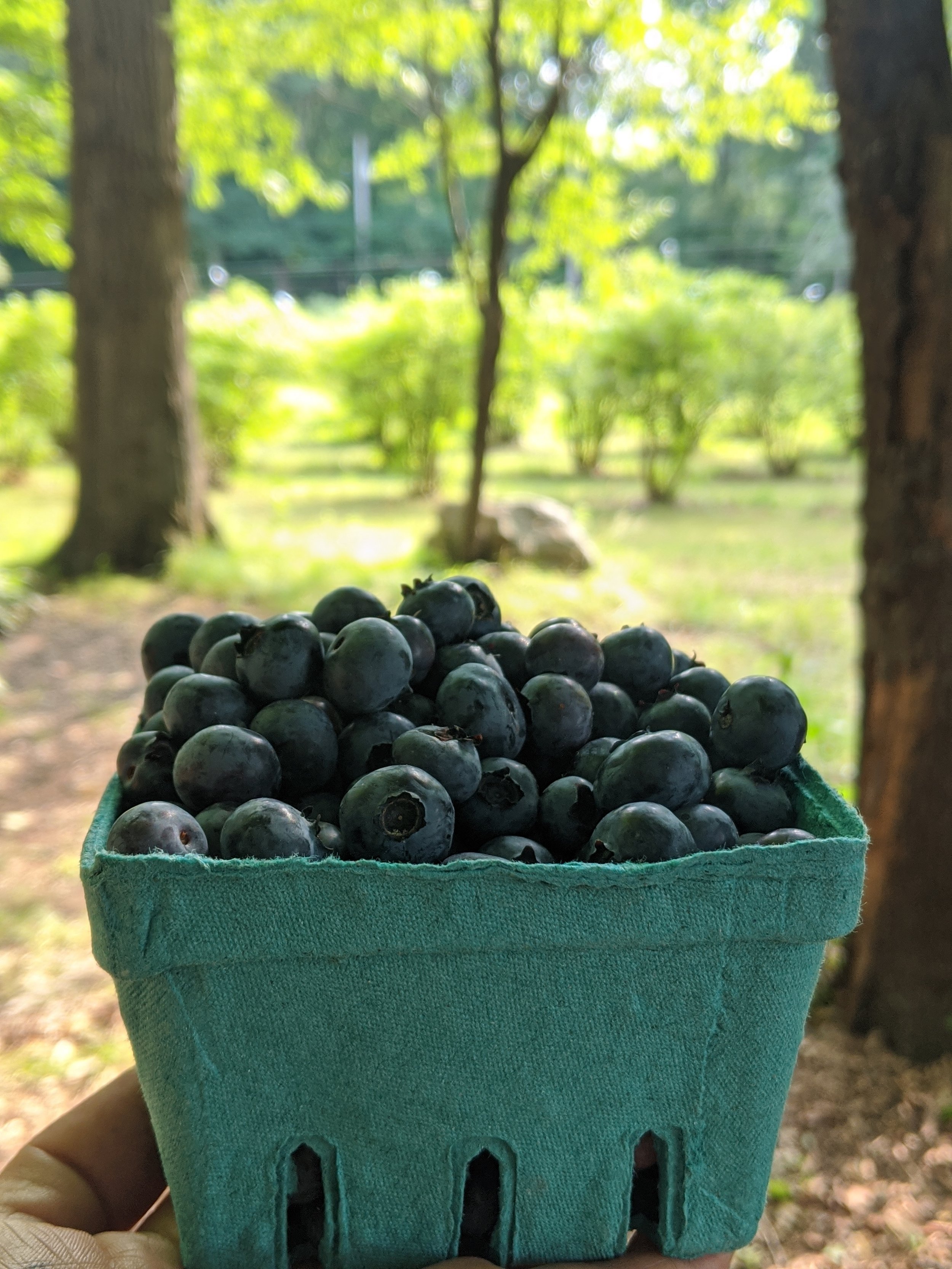
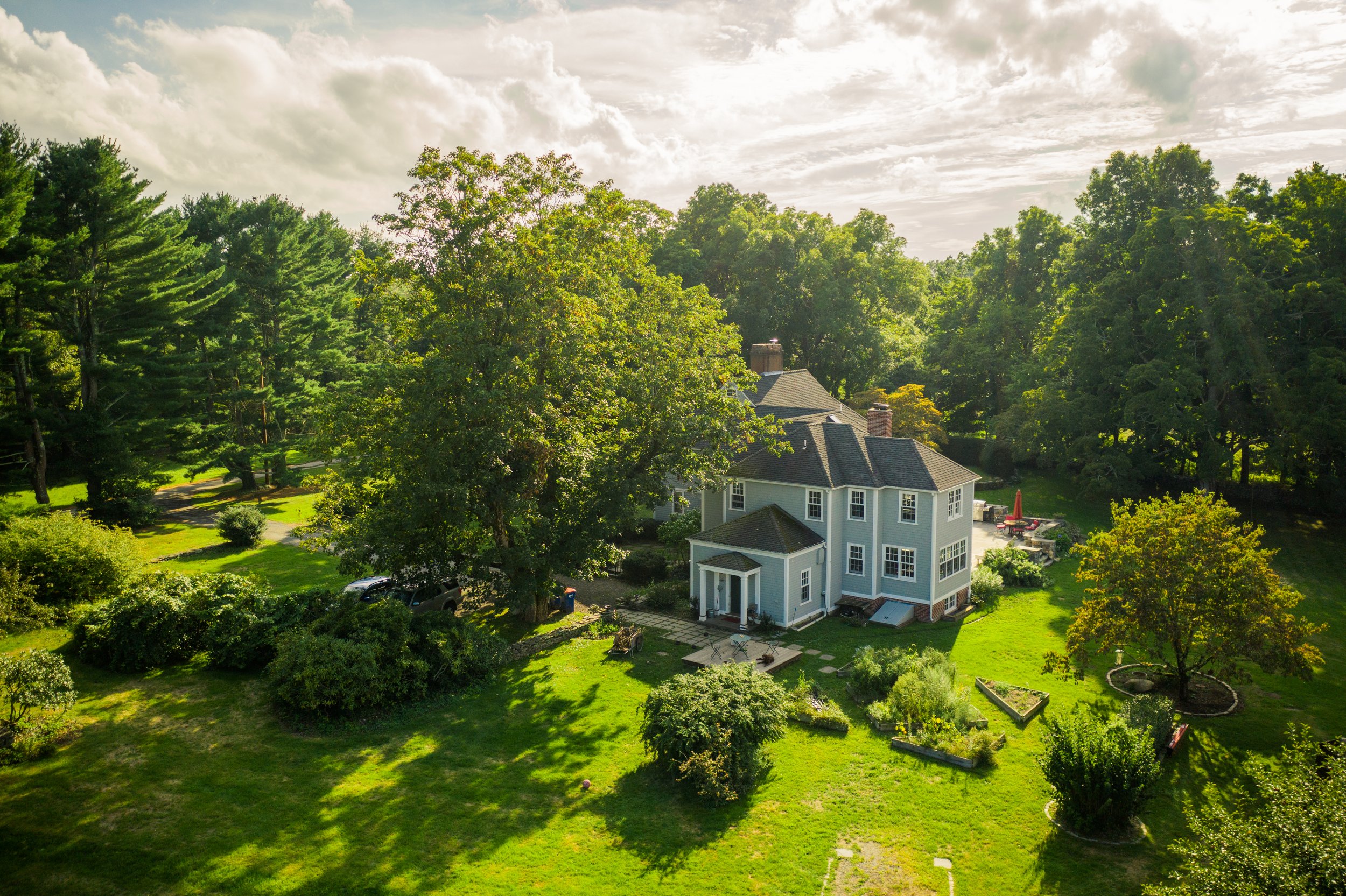
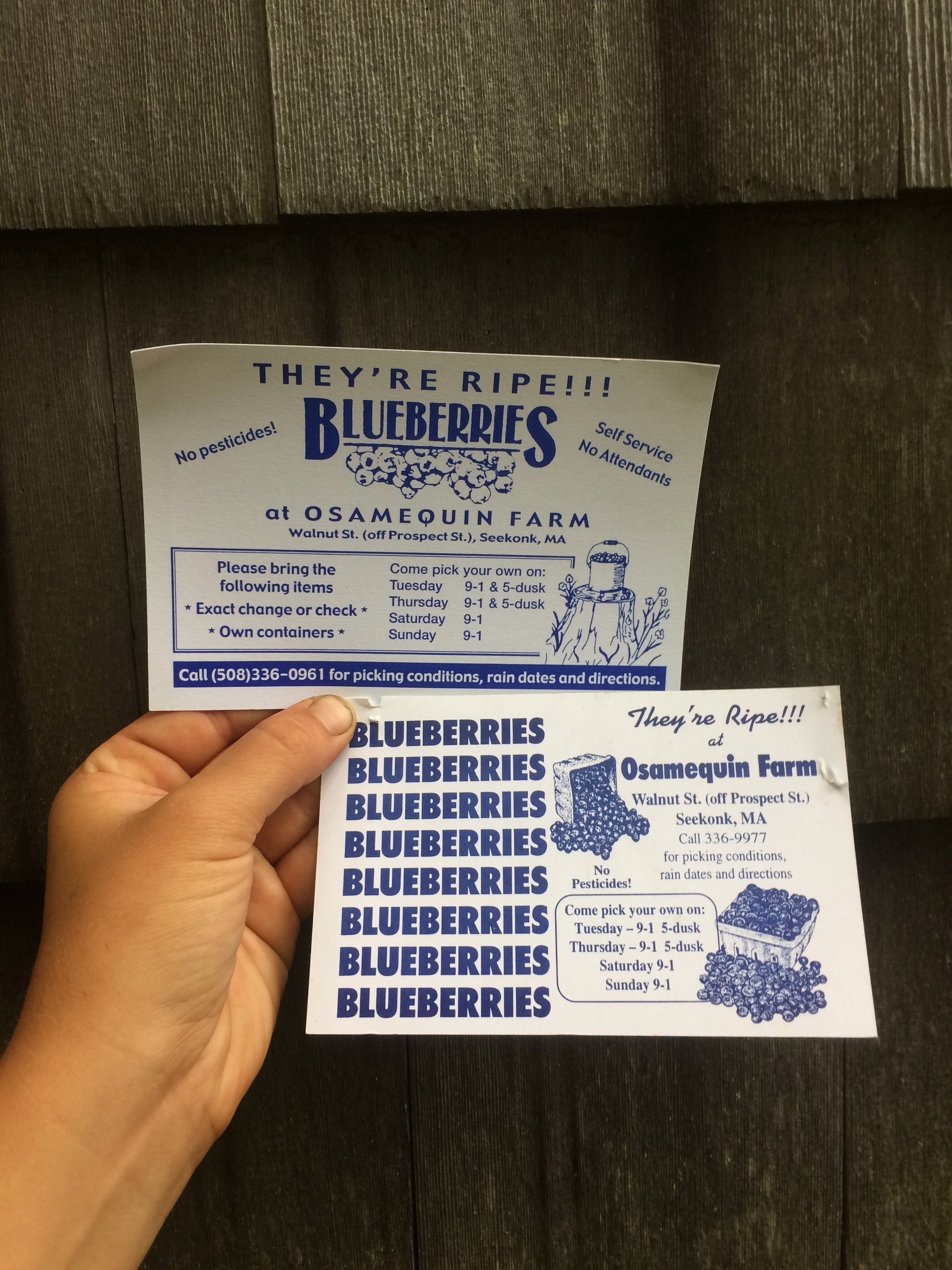
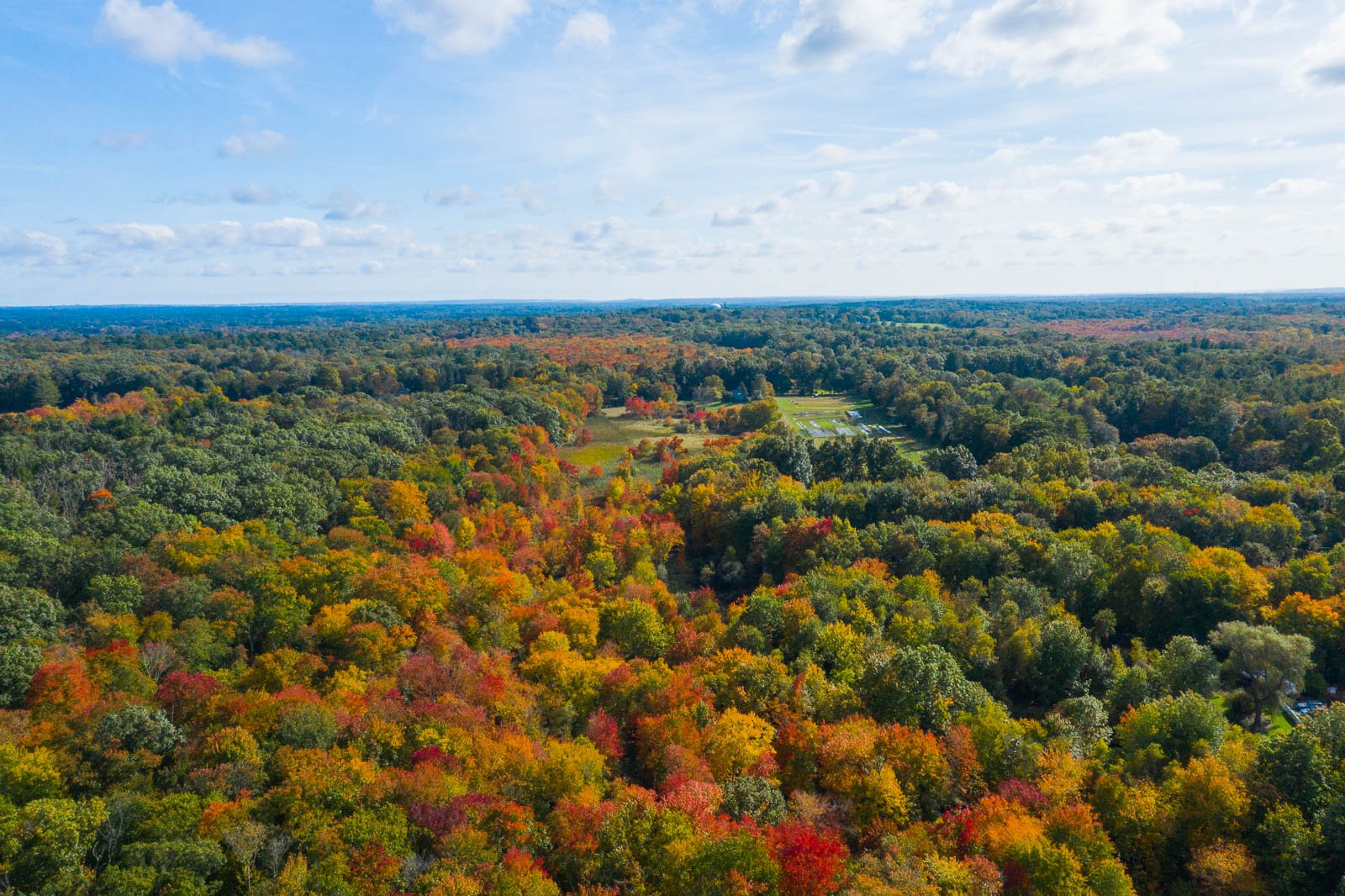
-
On April 20, 1939, for the first time in over 200 years, this property passed out of Carpenter family ownership. It was sold to Virginia and Robert Beede. At the time, Seekonk was becoming a desirable residential community for the nearby urban areas of Providence and Attleboro, and many old farms were bought and renovated as country homes during this period. Andrew, the Beedes’ grandson, says, “my grandparents lived in Providence, and were sort of very kind of Providence type family and, you know, but wanted to move out into the country.” (Andrew)
After purchasing the property, the Beedes had the main house renovated by Edwin Emory Cull, a Providence architect who was known for his restoration of colonial buildings. They gradually purchased land adjacent to the Carpenter homestead and added it to the property, and they built another house, the “gardener’s cottage” on the south side of Walnut Street.
Under the Beedes’ ownership, this property became a gathering place for the neighborhood community. “My name is Rosemary Wilson. And my relationship to this place is that my family lived nearby at the old Jacobs Hill Hunt Club, from 1954 till the death of my mother in 1992. As children, we had this neighborhood gang, and families that lived up and down Prospect Street and Jacob Street. We would come here to the Beedes’ to go skating. I had those white figure skates.” (Rosemary) Rosemary also grew up riding on horseback through the woods here– “We went way, way back through the Beede's place and across the power lines and all the way to Rehoboth, really. We really liked a lot of times just meandering through the woods, walking, maybe trotting here and there and jumping over a little broken tree or something, but it was absolutely beautiful, wild country.” (Rosemary)
Eventually, the Beedes passed the property to their daughter, Anne Jencks, who continued to share the property as a space for community and celebration. Dylan Block-Harley, who grew up nearby on Jacobs Street, remembers one gathering that she hosted: “It was like Halloween time. And Anne was dressed up as a witch and had this like, big cauldron. And was like making apple cider, you know, for everybody to take apple cider out of. But that guy, just remember that left such an impression on me. And I was like, that's awesome.” (Dylan)
Anne also continued the tradition of farming on this property. During her family’s time here, hay was grown on most of the fields. They also grew Christmas trees, which made for a festive holiday season every year… “I have very fond memories of you know, it was always, you know, kind of December 1, you know, you start and people would come it was pick it was cut your own. So, you know, you have hot cider and you'd have, you know, a nice fire going and you come up and then was the climb in the back of the hay wagon, and then you go up into the woods with your hand saw, wading through, you know, two feet of snow and then you know, shaking the trees trying to find that, that perfect tree and then you cut it down and drag it back. And it was great fun.” (Andrew)
It was around this time that one of the longest-running and most beloved Osamequin Farm traditions also began… “Our pick-your-own blueberry field is one of the most well known parts of Osamequin Farm because it's been here for so long. They were planted in the 1980s. And pick your own started in the 90s. And has continued ever since. So we often get pickers in the summer, who, you know, are coming with their young children. And they themselves came as young children to pick blueberries.” (Sarah) Dylan Block-Harley remembers, “We would ride our bikes down or, you know, get in the car and come down and pick blueberries. You know, I mostly I liked eating the blue berries off the bushes. It was like, one for me one for the bucket, or like four for me one for the bucket, you know?” (Dylan)
Now, Anne’s sons Andrew and Stephen Jencks both live here at Osamequin Farm. Some of the traditions Anne began have ended, but their traces are still here…a grove of evergreens still stands behind Flower Hill—”that was all Christmas trees that just, you know, exactly, just kept growing.” (Andrew) When you step out of the deciduous forest and into that grove, it feels a little bit enchanted, a little bit magical. And other traditions—like the pick-your-own blueberries—continue to grow.
Continue to the next stop on our tour to hear about how the Jencks family property became Osamequin Farm, the nonprofit.
-
-
In order of appearance:
Jordan Schmolka - narrator
Andrew Jencks - Osamequin Farm property owner, resident, and board member
Rosemary Wilson - childhood resident of the neighborhood
Dylan Block-Harley - childhood resident of the neighborhood
Sarah Newkirk - Farm Director
-
Make your way away from the barn, back towards Walnut Street. From the little roundabout, keep following Walnut Street towards the woods as it transitions from a paved driveway to a dirt path.
